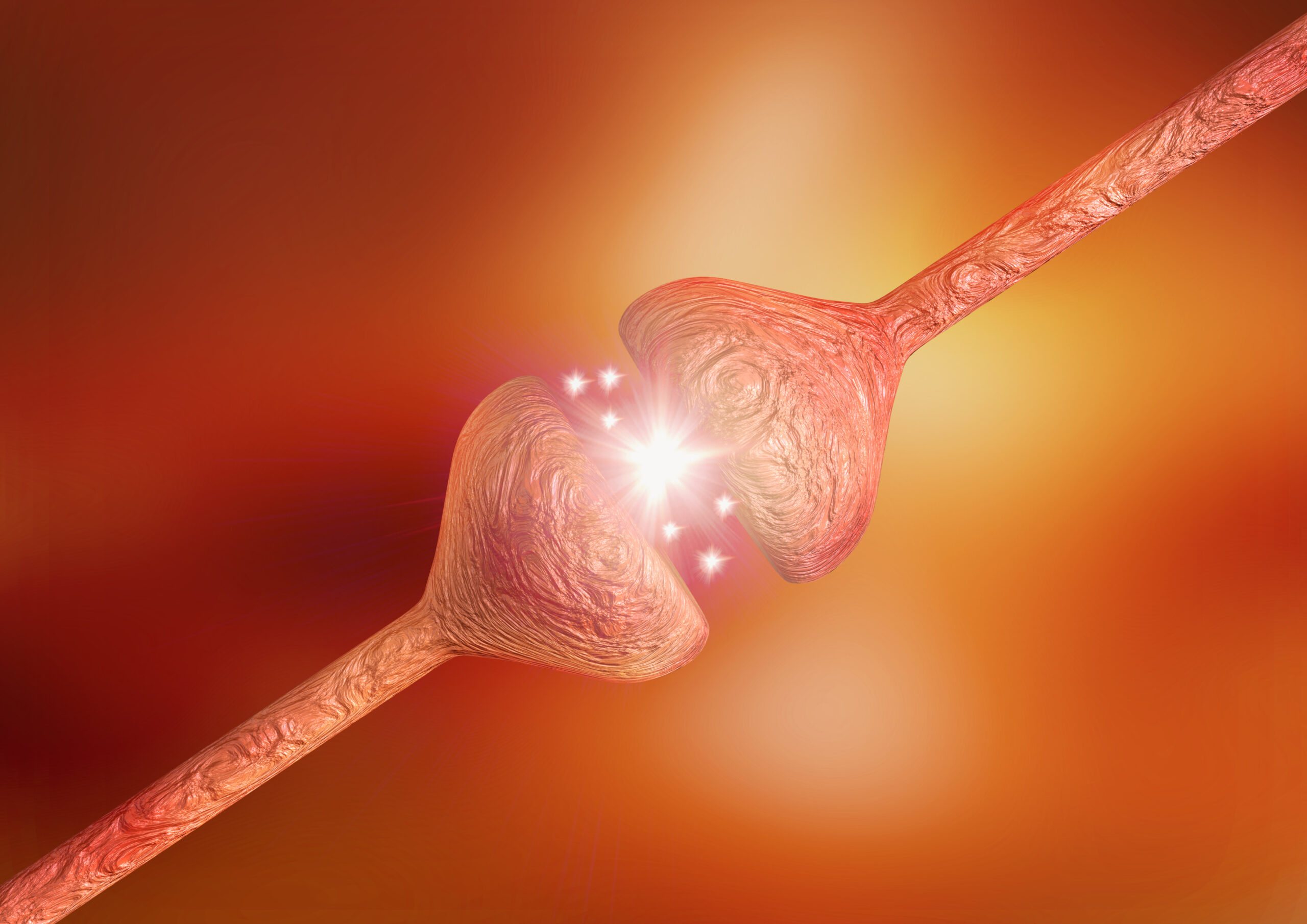Why do people with dementia benefit from proprioceptive exercises for body awareness?
People with dementia often face challenges with balance, coordination, and overall body awareness. Proprioceptive exercises, which focus on enhancing the body’s ability to sense its position and movement, can be particularly beneficial for them. These exercises help strengthen neural pathways in the brain, improving how the body perceives and responds to its environment.
Proprioception is like having a built-in GPS system that tells your body where it is in space and how it’s moving. When this system is strong, it helps prevent falls and improves balance. For individuals with dementia, maintaining this sense is crucial as it can decline with age and cognitive impairment.
Engaging in activities like standing on one leg, using balance boards, or walking on uneven surfaces can stimulate proprioception. These exercises require concentration and engagement, which can also help keep the mind active. By challenging the body to adapt to different positions and movements, proprioceptive training enhances the brain’s ability to process sensory information, potentially slowing down cognitive decline.
Moreover, proprioceptive exercises can be combined with other forms of therapy, such as cognitive training and physical activity, to create a comprehensive approach to managing dementia. This holistic approach not only improves physical stability but also supports mental health by promoting engagement and interaction with the environment.
In summary, proprioceptive exercises offer a valuable tool for people with dementia by enhancing body awareness, reducing the risk of falls, and supporting overall cognitive and physical well-being.





